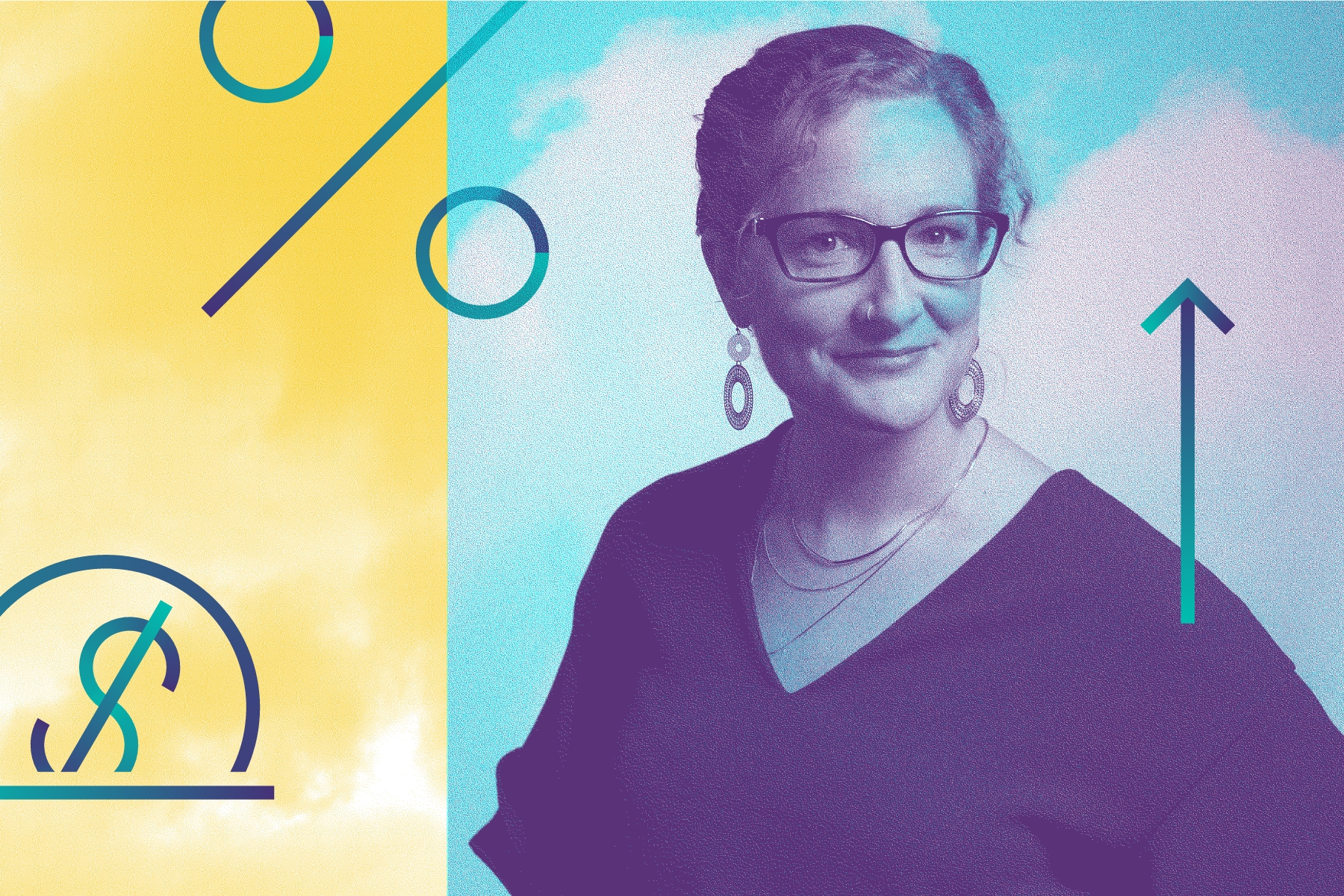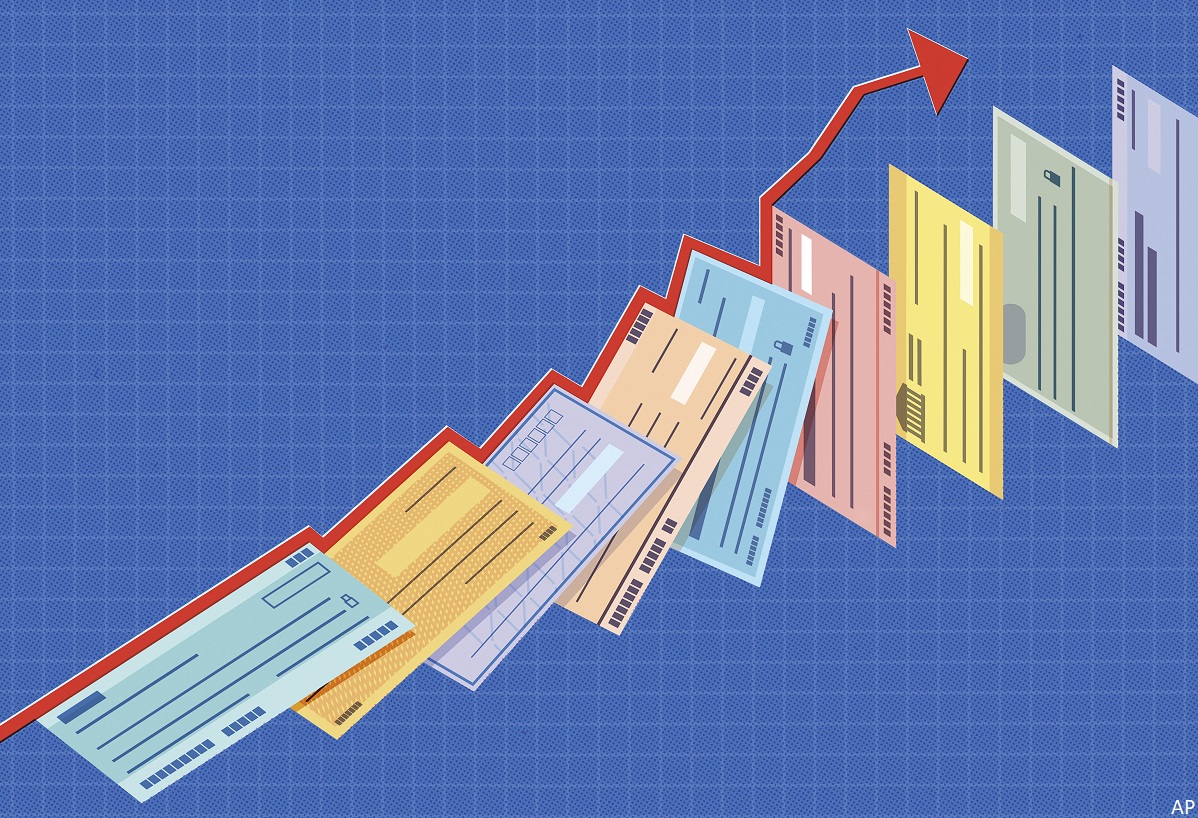
Retirement seems to have become a national obsession. A recent BMO poll found that Canadians believe they need $1.7M to retire – up from $1.4M in 2020. With this number plainly written in black and white, investors and savers were worried about whether they had enough, asking questions like:
- How much should I save now?
- What kind of lifestyle do I want in my later years, and will I have enough to fund it?
- How many years will I live?
With rising costs and longer life expectancy, it comes as no surprise that Canadians feel the need to stockpile more and more savings for a sustainable retirement, but you may not need as much as you think you do. When it comes to retirement, there are a few truths to consider: there is a strong likelihood that you might outlive your savings, and as you get older, you might not need as much as you think you will need on an annual basis.
How Much Money Will You Need in Retirement?
“How much can you spend in retirement without outliving your money? It's one of the most fundamental questions confronting anyone who has retired--or is getting ready to. Setting a sustainable withdrawal rate--or spending rate, as I prefer--is such an important part of retirement planning, pre-retirees and retirees who need guidance should seek the help of a financial adviser for this part of the planning process. And at a bare minimum, anyone embarking on retirement should understand the basics of spending rates: how to calculate them, how to make sure their spending passes the sniff test of sustainability given their time horizon and asset allocation, and why it can be valuable to adjust spending rates over time,” says Morningstar, Inc.’s director of personal finance Christine Benz.
As a general rule of thumb, many aim for about 80% of your pre-retirement income annually. This amount, however, could be significantly less simply because your lifestyle and other factors will change as you get older. Your mortgage, for instance, may be entirely paid off; your travel budget may be reduced depending on age and health; and your other activities may also be limited.
Benchmarks like the $1.7m number an provide a quick check on what your retirement savings "number" should be, factoring in the really high-impact variables. But as you get closer to the rubber hitting the road for your retirement, it makes sense to approach this question with an even more customized approach.
“The key starting point is to take a closer look at your planned in-retirement spending. "Income-replacement rate"--how much of your working income will you need to replace in retirement--is a commonly used concept in the retirement-planning arena. And 75% to 80% is often held out as a good benchmark. But David Blanchett, former head of retirement research for Morningstar Investment Management, has identified that that there's a huge level of variability in income-replacement rates, ranging from 54% to over 87%. The interesting wrinkle here is that even though having a lower salary calls for needing a lower savings target, people with lower salaries tend to require higher income-replacement rates. That seeming contradiction owes to the fact that people in lower income bands are oftentimes able to save a smaller percentage of their incomes--because more of their income is needed for essential expenditures--than is the case for higher-income workers,” Benz says.
What If You Live to 150?
One of the most important blind spots and largest risk related to retiring today is the longevity risk. As Blanchett points out in his report ‘The Retirement Mirage’, “Choosing when to retire is one of the single most important financial decisions we make in our lives. Knowing when we plan to retire helps determine how much money we need to save and our standard of living in the meantime. Unfortunately, our retirement plans are often wrong. People retire earlier than expected for a variety of reasons—including health issues and job changes—but the impact can be severe.”
This is especially true if one retires earlier, and lives longer. Philip Petursson - Chief Investment Strategist, IG Wealth Management says that someone born in 1947 needed roughly 50% more capital than a person born in the previous generation, and for someone born in 1977, the extra capital needed is about 30%.
With the longevity risk comes a shortfall risk: the possibility of outliving one’s savings. In fact, to cover for the longevity and shortfall risks, and considering that 94 years is an average life expectancy, one should develop one’s retirement plan with the expectation of living to 100.
“Our findings suggest that given this uncertainty around retirement age, some investors may need double their current savings to achieve their retirement targets. A person’s retirement age is simply too unpredictable, and we must plan accordingly to help avoid negative surprises,” Blanchett says.
How to Decide How Much You Need to Retire?
In principle, the answer depends on how close we are to retirement and how much we will spend through retirement. Solving this question does not involve the same degree of uncertainty for a 30-year-old as it does for a 60-year-old person, who knows more or less how much he or she will spend in retirement.
Blanchett has done some research on the trajectory of retiree spending, which he calls the "retirement spending smile". The basic conclusion is that people tend to spend a lot early on in retirement when there is some pent-up demand to travel and take advantage of newfound leisure time. Spending then trails off in the middle years of retirement when health is still good, but maybe retirees aren't doing as much travel, eating out and so forth. And then his research shows that spending tends to increase later in life, often due to increased health costs.
Have You Factored in Other Sources of Income?
Let’s consider a hypothetical scenario of a 35-year-old who makes $100k annually and wants to have a retirement income of $80k per year.
Benz recommends taking a look at anticipated annual spending and subtracting out how much of those expenditures will be met through nonportfolio sources. More on that below. You can then calculate your spending rate (or withdrawal rate) by dividing that amount by your current balance (or your expected balance at the time you retire). Armed with that figure, you can see whether your portfolio balance is, in fact, "enough," based on what we know about sustainable spending rates. So, is $1.7M enough? First, consider these three (though there could be many more) non-portfolio sources.
- CPP and OAS: If you’ve made contributions to the Canada Pension Plan (CPP) through your working years, you will have some eligibility towards a monthly benefit, up to a maximum of $1306.57 per month, though the monthly average is $717.15 per month. Old Age Security (OAS) is another payment that will help supplement income, and is based on a number of factors, including age, Canadian citizenship, and number of years of residence in Canada. The maximum OAS monthly payment as of January 2023 is $687.56.
- Life Expectancy: The average life expectancy in Canada is about 83 years. This means you have nearly 20 years to account for in retirement, assuming you retire at age 65. Again, something to keep in mind is that your spending habits at 83 likely are not the same as they would be at 65 – so that 80% target may taper off in those later years, with the caveat that healthcare expenses could increase.
- Interest income: One thing that is often forgotten when planning for retirement income, is the fact that your savings amount will continue to earn interest during your retirement years. This amount will reduce year over year, but it will provide material income.
Going back to the example of the 35-year-old, on the conservative assumption that they live until the age of 90 and spend 25 years in retirement, $1.7M will get them to about $68K per year. On the surface, this might not seem like enough, especially considering the $80k retirement income ask. But once you factor in an average CPP and OAS cumulative payment of $1,400 a month, this tips them over the $80K per year mark.
What’s a Safe Withdrawal Rate?
Finally, the money you will need to save in retirement will also depend on the withdrawal rate, that is the percentage of your savings you need to use each year in retirement. Traditionally, financial advisors have used a 4% annual fixed withdrawal rate, but many studies suggest that one can be more flexible.
In Benz’s newly released research, “The State of Retirement Income 2022,” she finds that because equity valuations have declined and cash and bond yields have increased, the forward-looking prospects for portfolios—and in turn the amounts that new retirees can safely withdraw from those portfolios over a 30-year horizon—have enjoyed a nice lift since she explored the topic last year.
“Whereas last year’s research suggested that a 3.3% withdrawal rate was a safe starting point for new retirees with balanced portfolios over a 30-year horizon, this year’s research points to 3.8% as a safe starting withdrawal percentage, with annual inflation adjustments to those withdrawals thereafter. Retirees who are willing to employ more-flexible strategies or make other modifications to a fixed real withdrawal system can enjoy even higher starting withdrawals, assuming they’re willing to accept other trade-offs, such as fluctuating year-to-year real cash flows and the possibility of fewer leftover assets at the end of a 30-year period,” Benz said.
Note: Pira Kumarasamy contributed to reporting.




















